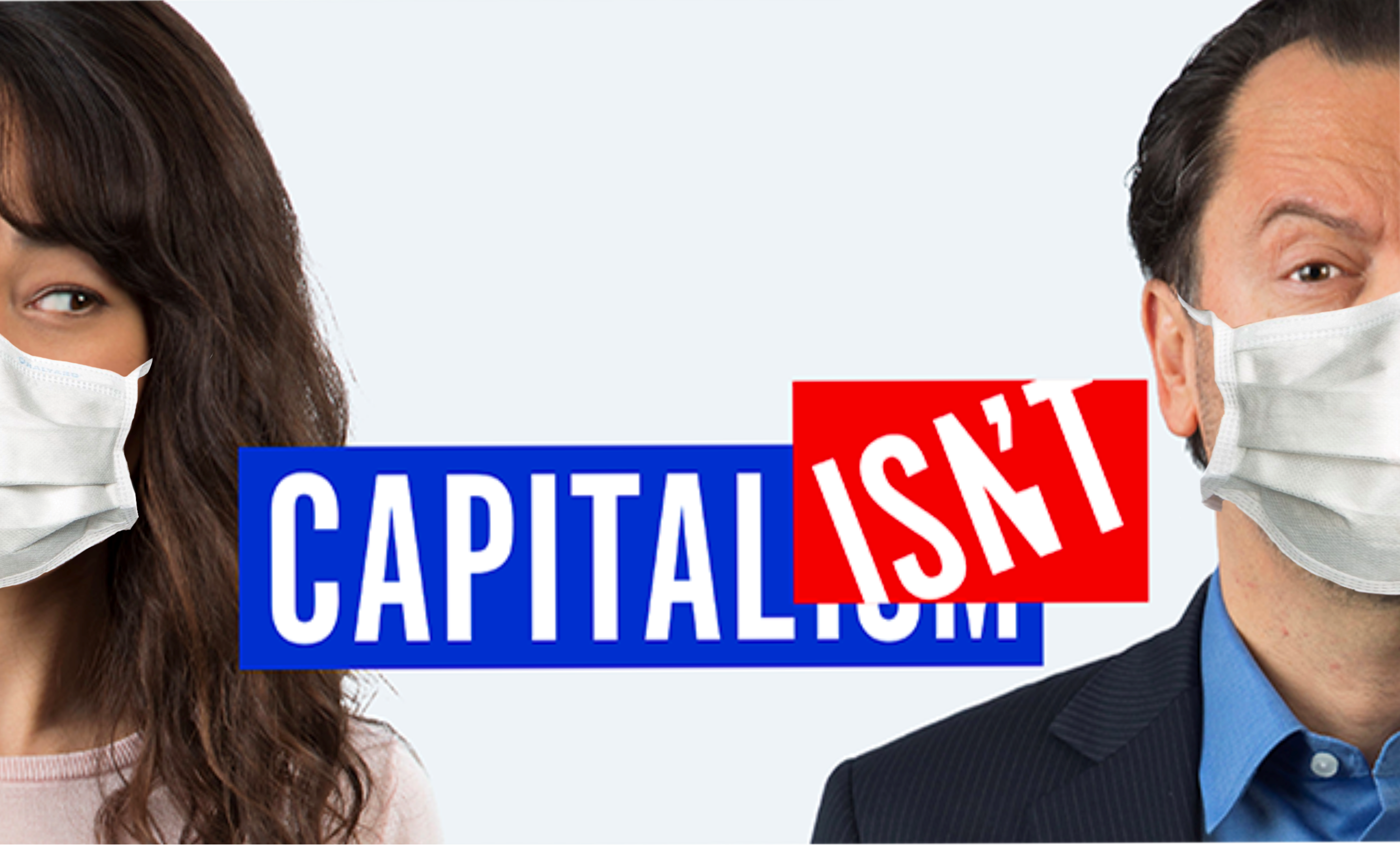For the good of public health, it’s important that we continue staying in quarantine, at least for another month or two. But eventually, we will have to leave our homes. In this episode, Kate Waldock and Luigi Zingales discuss strategies for how to exit shelter-in-place.
For the good of public health, it’s important that we continue staying in quarantine, at least for another month or two. But eventually, we will have to leave our homes. In this episode of Capitalisn’t, Kate Waldock (Georgetown University) and Luigi Zingales (University of Chicago) debate the economic implications and strategies for how we can exit shelter in place.
In the episode, Luigi mentions a report by Scott Gottlieb and co-authors, A National Coronavirus Response: a Roadmap to Re-opening. The main message of the report is:
“To gradually move away from a reliance on physical distancing as our primary tool for controlling future spread, we need:
1) Better data to identify areas of spread and the rate of exposure and immunity in the population;
2)Improvements in state and local health care system capabilities, public-health infrastructure for early outbreak identification, case containment, and adequate medical supplies; and
3) Therapeutic, prophylactic, and preventive treatments and better-informed medical interventions that give us the tools to protect the most vulnerable people and help rescue those who may become very sick.”
If you are interested in the role of economists in ending the draft in the United States, you can read this paper by David R. Henderson:
“One of the first empirical studies of the economics of the draft and of ending the draft was done by Walter Oi, an economics professor then at the University of Washington and later at the University of Rochester’s Graduate School of Management.
In his study published in the Sol Tax volume, Oi distinguished clearly between the budgetary cost of military manpower and the economic cost.
Oi granted the obvious, that a military of given size could be obtained with a lower budgetary cost if the government used the threat of force to get people to join—that is, used the draft. But, he noted, the hidden cost of this was the loss of well-being among draftees and draft-induced volunteers.
Using some empirical methods that were sophisticated for their day, Oi estimated the loss to draftees and draft-induced volunteers and found it quite high— between $826 million and $1.134 billion.
While this number might seem low today, Oi’s data were in mid-1960s dollars. Inflation-adjusted to 2005, the losses would be $4.8 billion to $6.6 billion.”
On the pandemic’s externalities, you can read this recent paper by Georgiy Bobashev, Maureen L. Cropper
Joshua M. Epstein, D. Michael Goedecke, Stephen Hutton, and Mead Over:
“This paper examines positive externalities and complementarities in the use of antiviral pharmaceuticals to mitigate pandemic influenza.
The paper demonstrates the presence of treatment externalities in simple epidemiological SIR models, and then through simulations of a Global Epidemiological Model, in which the pandemic spreads between cities through the international airline network, and between cities and rural areas through ground transport.
While most treatment benefits are private, spillovers may mean that it is in the self-interest of rich countries to pay for some AV treatment in poor countries. The most cost-effective policy is for rich countries to donate doses to the outbreak source country; however, donating doses to poor countries in proportion to their populations may also be cost-effective.
These results depend on the transmissibility of the flu strain, the efficacy of antivirals in reducing transmissibility and on the proportion of infectious that can be identified and treated.”
ProMarket is dedicated to discussing how competition tends to be subverted by special interests. The posts represent the opinions of their writers, not necessarily those of the University of Chicago, the Booth School of Business, or its faculty. For more information, please visit ProMarket Blog Policy.







